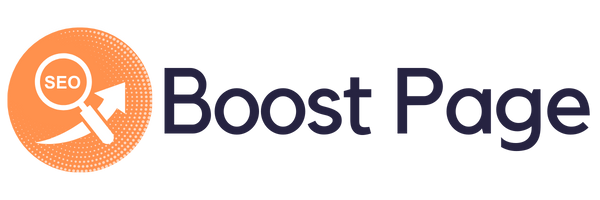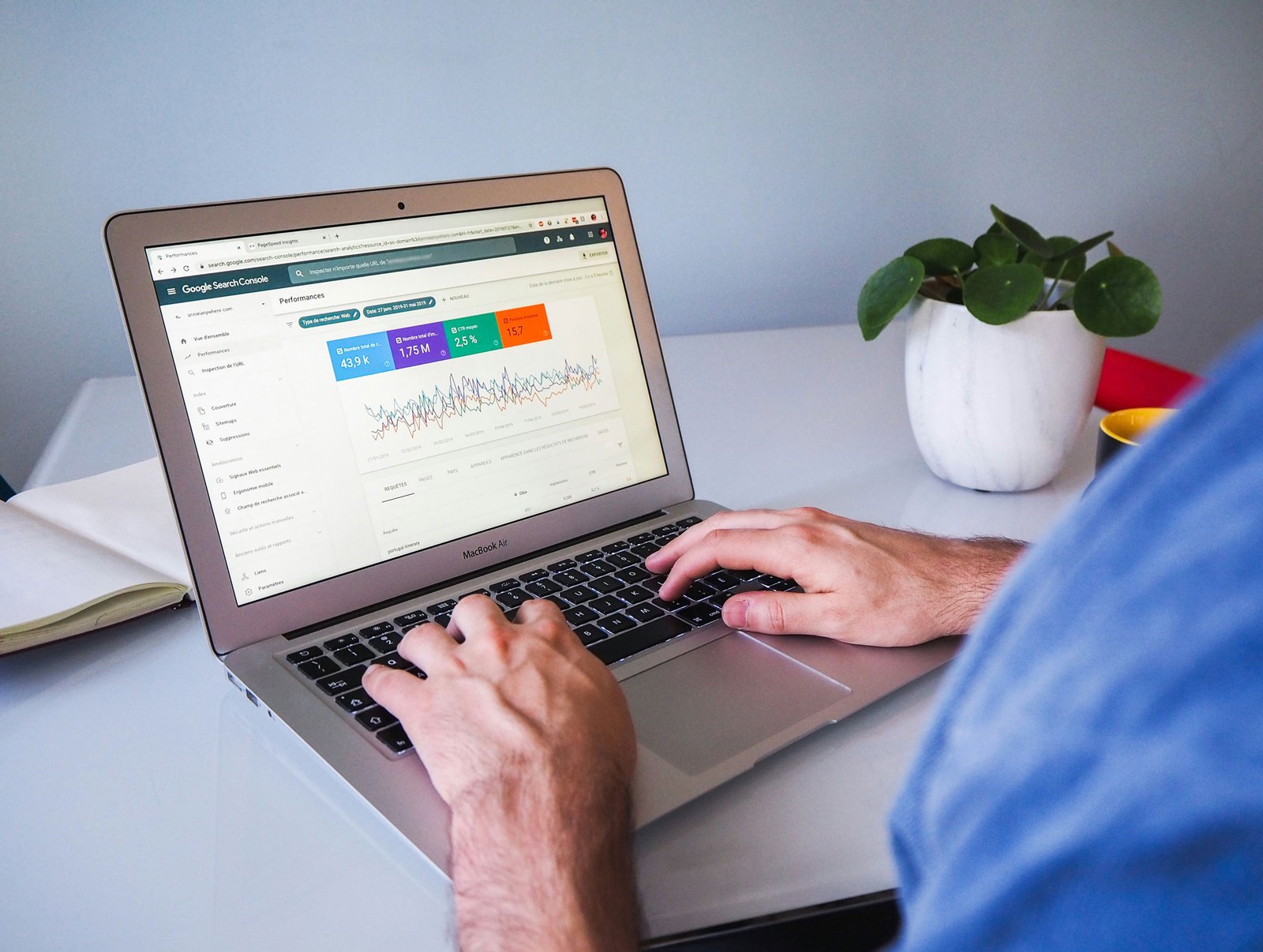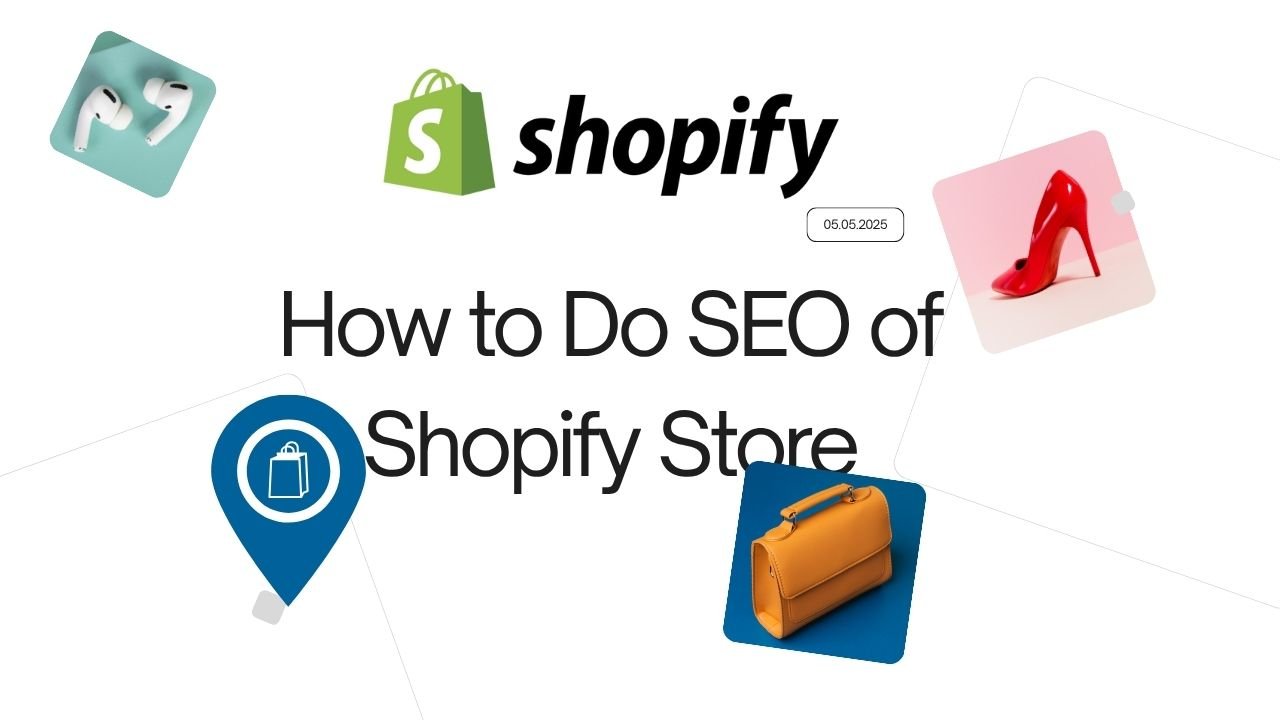
SEO is essential for a Shopify store’s visibility. Studies show that over 40% of e-commerce traffic comes from organic search, making it one of the most cost-effective channels for long-term growth (OECD Digital Economy Outlook). Unlike paid ads, SEO provides sustainable exposure that compounds over time.
Shopify’s simplicity is ideal for online sellers, but its default settings don’t guarantee search visibility. SEO bridges that gap—helping store owners reach buyers through Google, Bing, and other search engines without spending on ads.
Understanding the Basics of SEO for Shopify
Search engine optimization on Shopify is a mix of:
-
Technical SEO (site speed, mobile usability, HTTPS)
-
On-page SEO (keywords, titles, images)
-
Off-page SEO (backlinks and content authority)
Shopify helps with mobile responsiveness and SSL certificates, but store owners must manage content, links, and structure. Google now considers Core Web Vitals, metrics like Largest Contentful Paint and Interaction to Next Paint—as part of its ranking signals (Google Search Central). These impact both SEO rankings and user experience.
Step 1: Keyword Research for Shopify Products
Keyword research tells you what your audience is searching for. For Shopify stores, this means finding product-specific and transactional terms like:
-
“Buy waterproof backpacks”
-
“Organic baby onesies near me”
-
“Best running shoes for flat feet”
Tools like Google Keyword Planner, Google Trends, and UNCTAD eCommerce Statistics help you identify keyword volume and trends.
Long-tail keywords generally have lower competition and higher purchase intent. These are ideal for product and collection pages, while broader terms can be targeted with blog content.
Step 2: Optimize Shopify Product Pages
Each product page should be optimized to rank and convert. Key areas include:
-
Product titles and URLs with your main keyword
-
Meta titles under 60 characters and meta descriptions under 155 characters
-
Descriptive alt text on images, such as “Black waterproof leather boots side view”
-
Clean URLs like
/products/waterproof-hiking-boots
| Element | Optimization Tip |
|---|---|
| Title Tag | Include primary keyword and product type |
| Meta Description | Add unique features + call-to-action |
| H1 Tag | Use product name with keyword |
| Alt Text | Describe images clearly; include keyword where relevant |
Step 3: Structure Your Store for Search Engines
A logical site structure improves crawling, indexing, and user navigation:
-
Keep navigation clean: Home > Category > Product
-
Link collection pages to related blogs and products
-
Use Shopify’s XML sitemap for search engines
-
Avoid orphan pages by ensuring every page is linked from another
Google recommends that important pages be reachable within three clicks from the homepage (Google Search Essentials).
Step 4: Improve On-Page SEO Elements
Beyond structure, page-level optimization drives rankings:
-
Use one H1 tag per page—usually the product or blog title
-
Apply schema markup using tools like JSON-LD for product data
-
Ensure all text is unique—even for similar products
-
Embed reviews to add fresh, user-generated content
Schema helps Google show rich snippets like price, availability, and ratings in SERPs. You can learn more at Schema.org’s product markup guide.

Step 5: Improve Speed and Mobile Usability
Fast, mobile-friendly sites are essential. According to Think with Google, a delay of just 0.1 seconds can reduce conversion rates by 7%.
Improve performance by:
-
Choosing lightweight, responsive Shopify themes
-
Compressing images using WebP format
-
Removing unnecessary apps/scripts
-
Enabling lazy loading and caching features
You can measure your store’s performance using Google PageSpeed Insights.
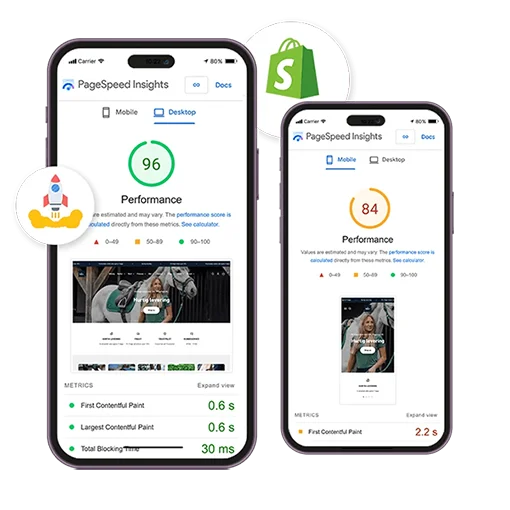
Step 6: Build High-Quality Backlinks
Backlinks improve domain authority and rankings. Consider:
-
Submitting your store to trusted directories (e.g., Data.gov)
-
Getting listed in business databases like D&B Hoovers
-
Reaching out to journalists via Help a Reporter Out (HARO)
-
Partnering with influencers for product reviews
Authoritative backlinks boost trust with search engines, making your pages easier to rank.
Step 7: Use Shopify SEO Apps Thoughtfully
Helpful apps include:
-
Plug In SEO – scans pages for SEO issues
-
Smart SEO – adds meta tags and JSON-LD automatically
-
Image Optimizer – compresses and alt-tags images
Apps save time but may affect page load speeds. Only install trusted apps and remove those you don’t use regularly.
Step 8: Track SEO Performance
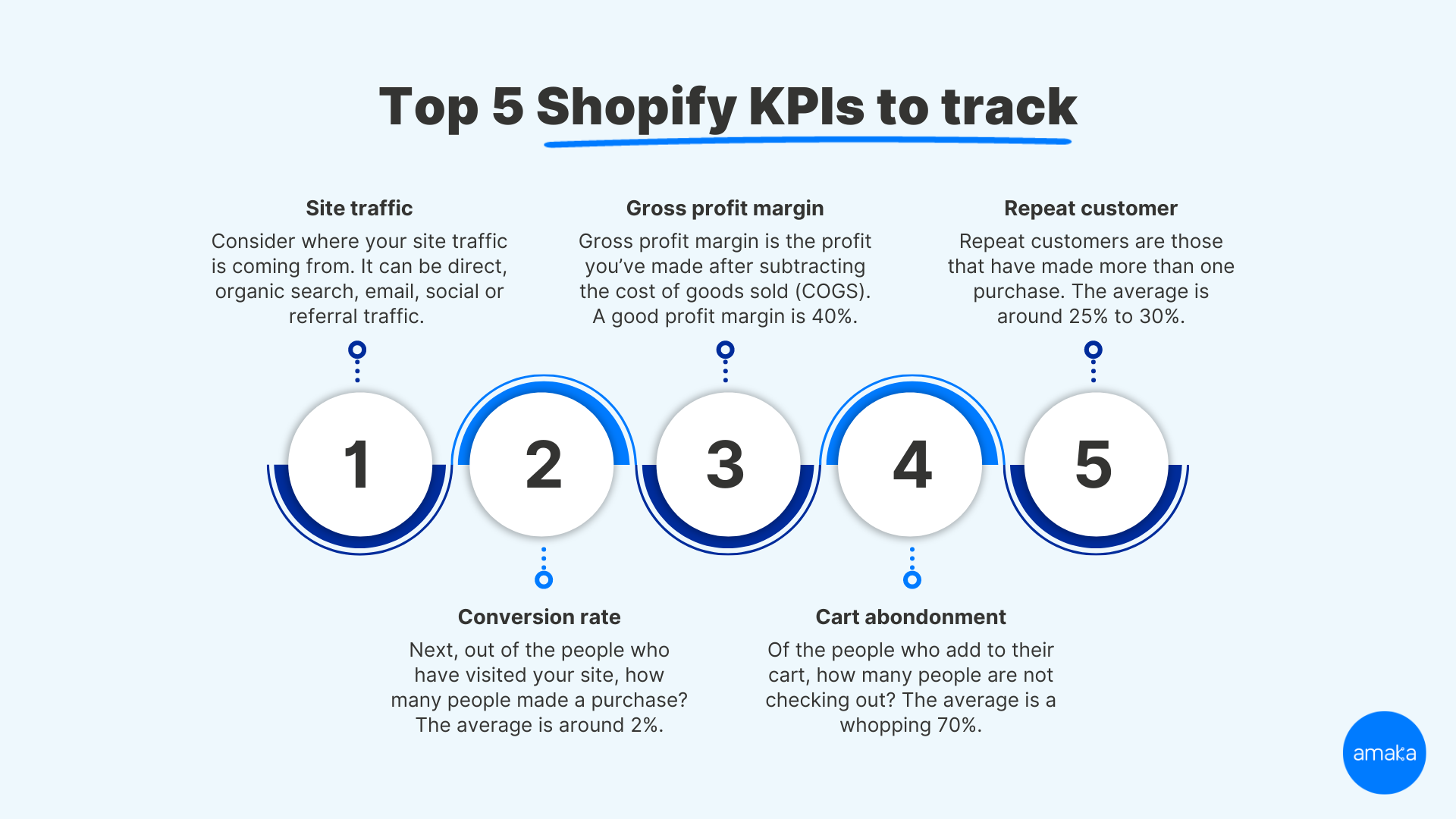
Use tools like:
-
Google Search Console for indexing and keyword tracking
-
Google Analytics 4 for user behavior and conversions
-
Lighthouse for performance and accessibility audits
Track the following metrics monthly:
-
Organic traffic
-
Bounce rate
-
Keyword rankings
-
Conversion rates
-
Site speed
Advanced SEO: Local and International Optimization
If your Shopify store targets a region:
-
Set up a Google Business Profile
-
Use location-specific keywords
For international stores:
-
Use Shopify Markets for language/currency targeting
-
Implement hreflang tags to prevent duplicate content across regions
-
Review best practices on Google’s multi-region setup
Common Shopify SEO Mistakes to Avoid
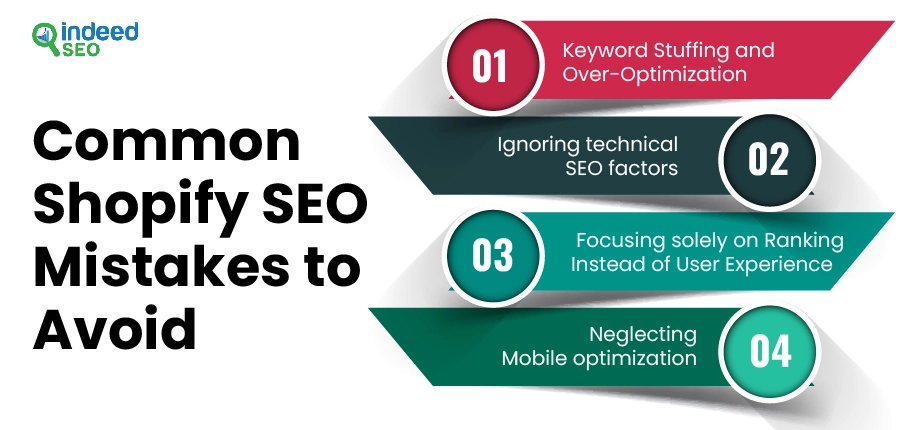
-
Leaving duplicate product or collection descriptions
-
Ignoring alt text on product images
-
Forgetting to submit your sitemap
-
Using too many SEO apps, slowing the store
Avoid these to prevent penalties and crawl issues.
Boostpage.co – Shopify SEO Services That Deliver
If you want to save time and ensure expert-level optimization, Boostpage.co offers specialized SEO services for Shopify stores. Their team helps you:
-
Improve Core Web Vitals
-
Create keyword-rich product pages
-
Build high-quality backlinks
-
Structure collections and navigation for SEO
-
Optimize your store for mobile-first indexing
Boostpage.co combines human expertise with technical automation to grow your traffic and conversions without relying on ads.
Conclusion: Long-Term Shopify SEO Success
Shopify SEO isn’t a one-time fix—it’s an ongoing strategy. Focus on speed, keyword intent, user experience, and data-backed improvements. Whether you’re optimizing solo or working with experts like Boostpage.co, investing in SEO will give your Shopify store sustainable traffic and a competitive edge.

